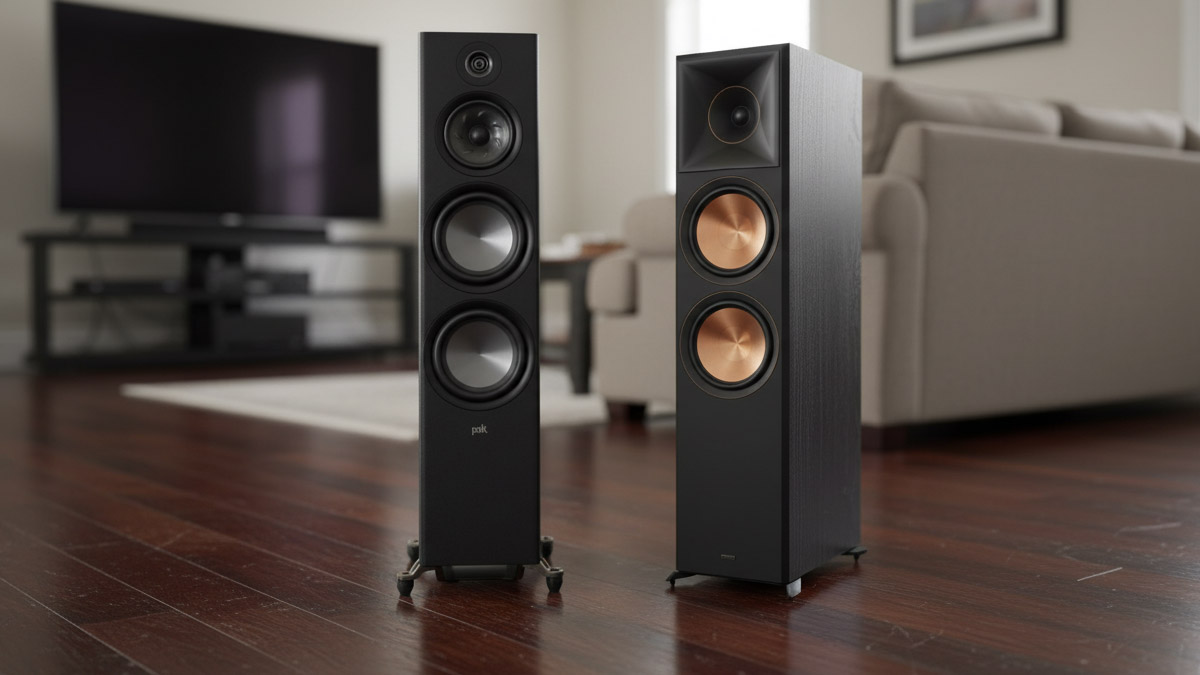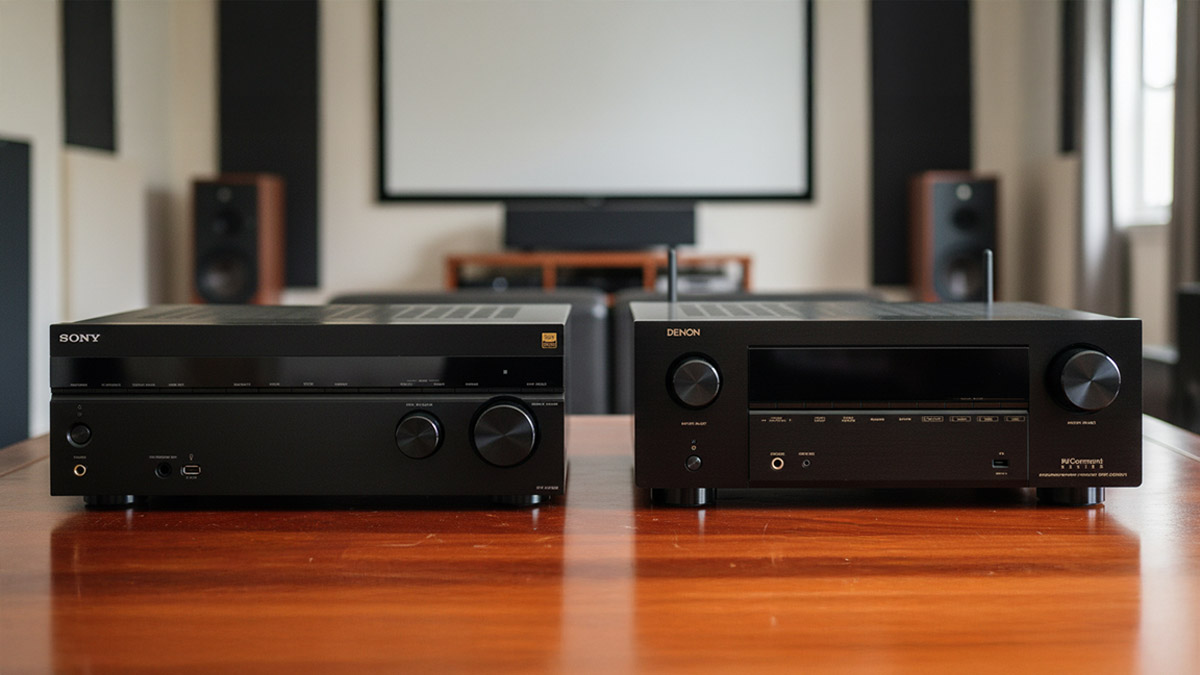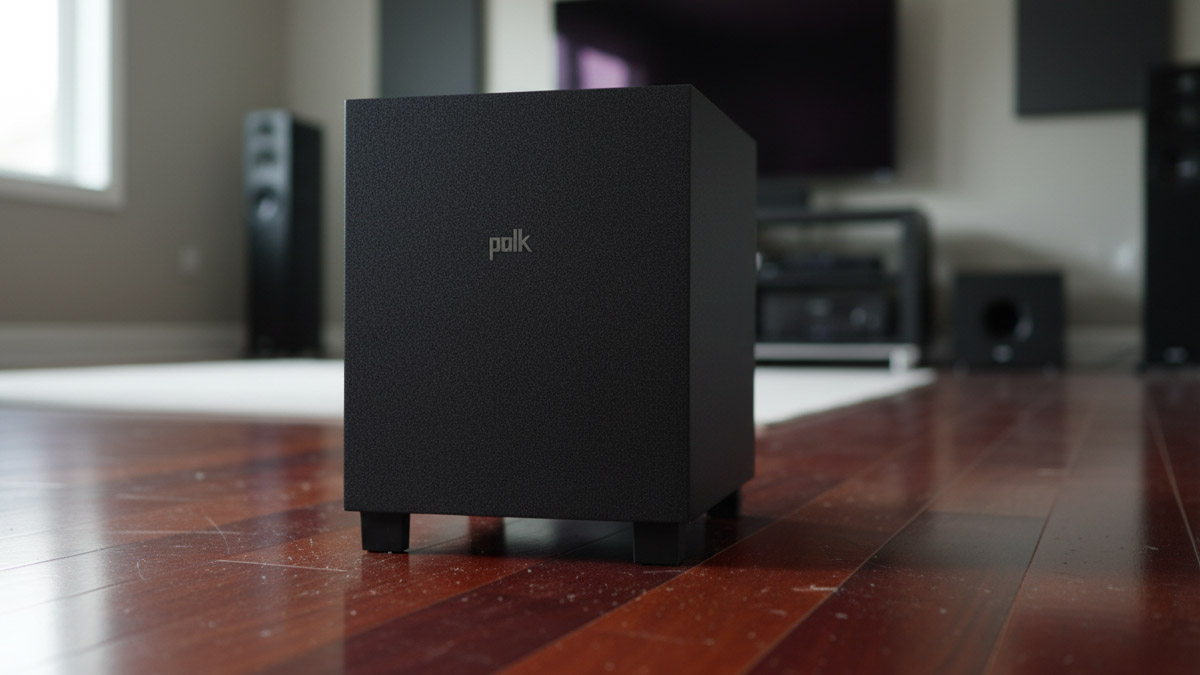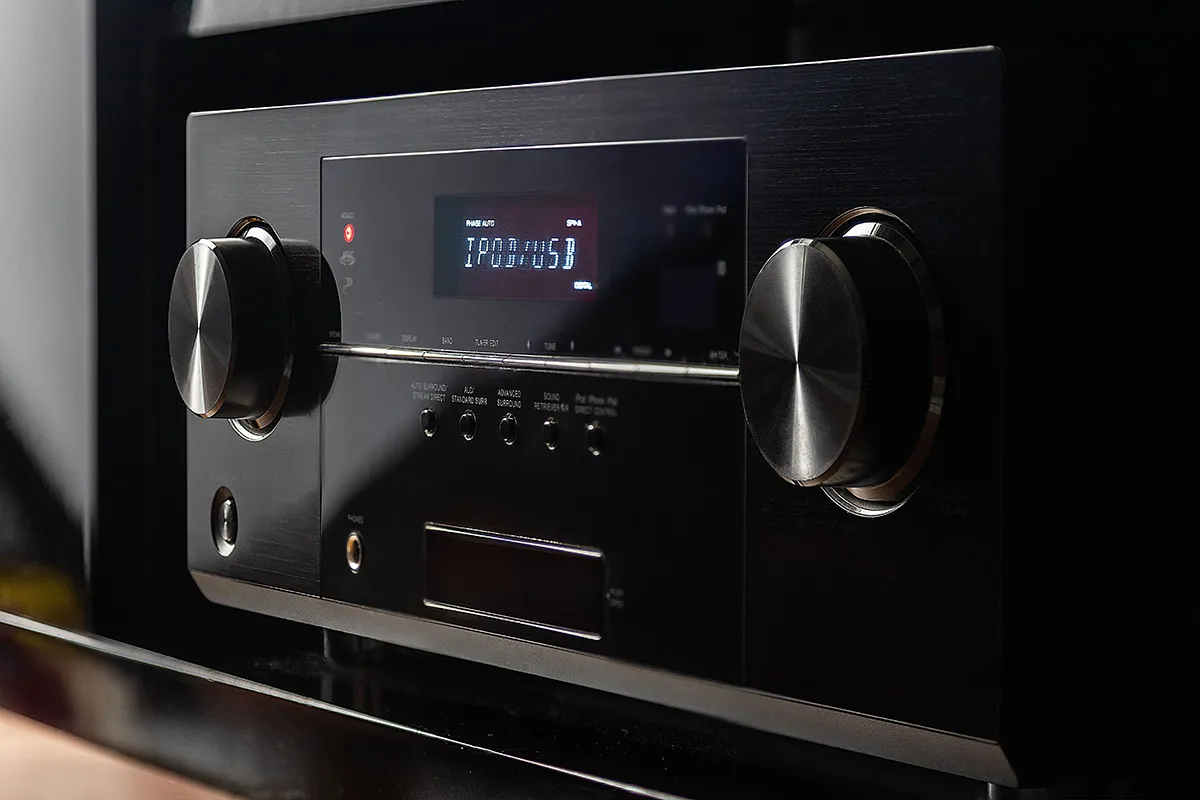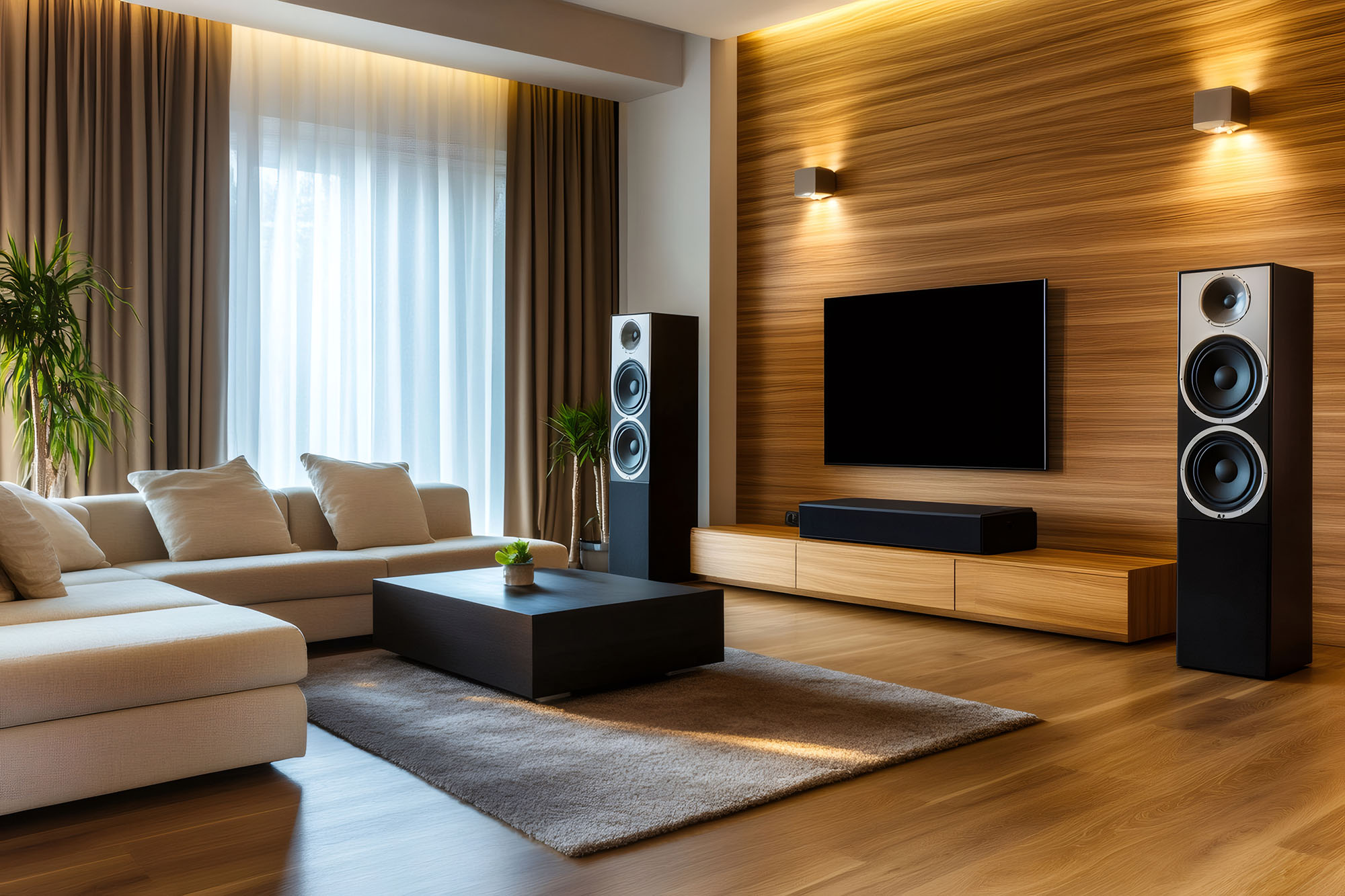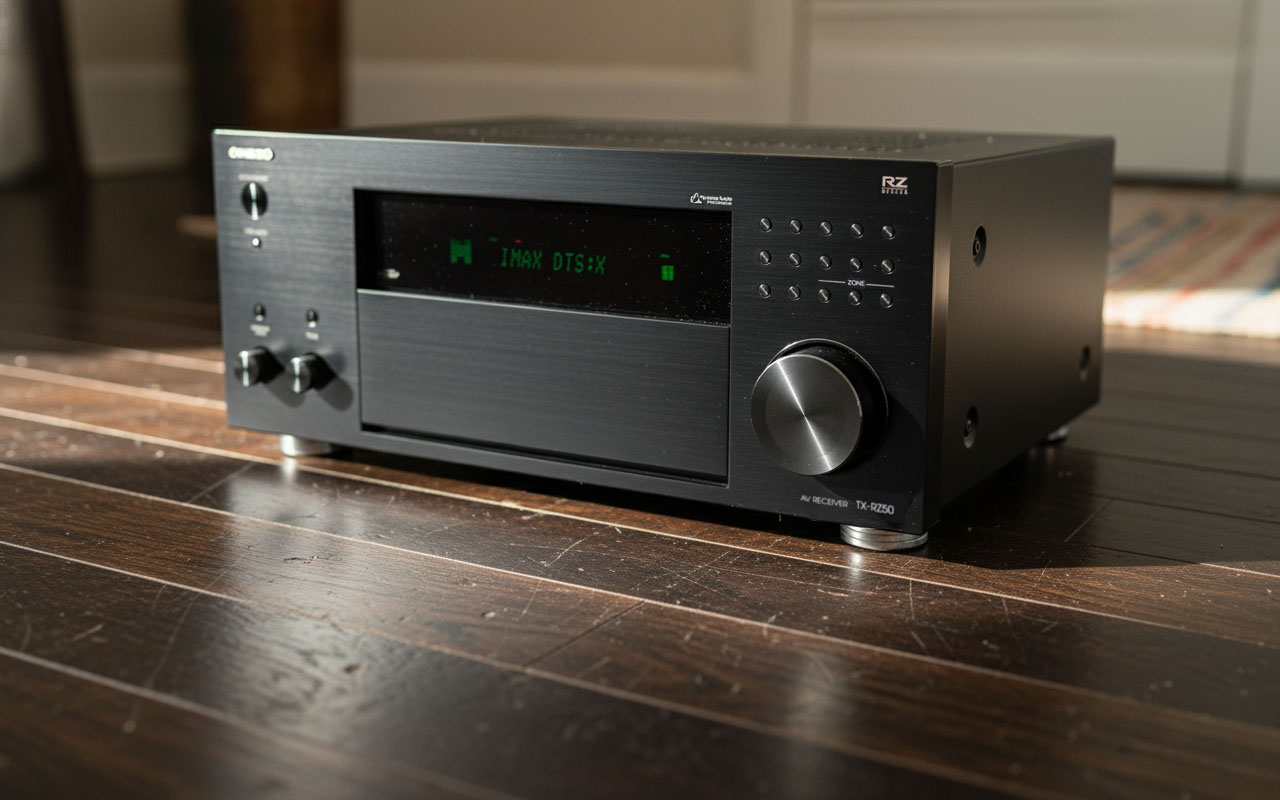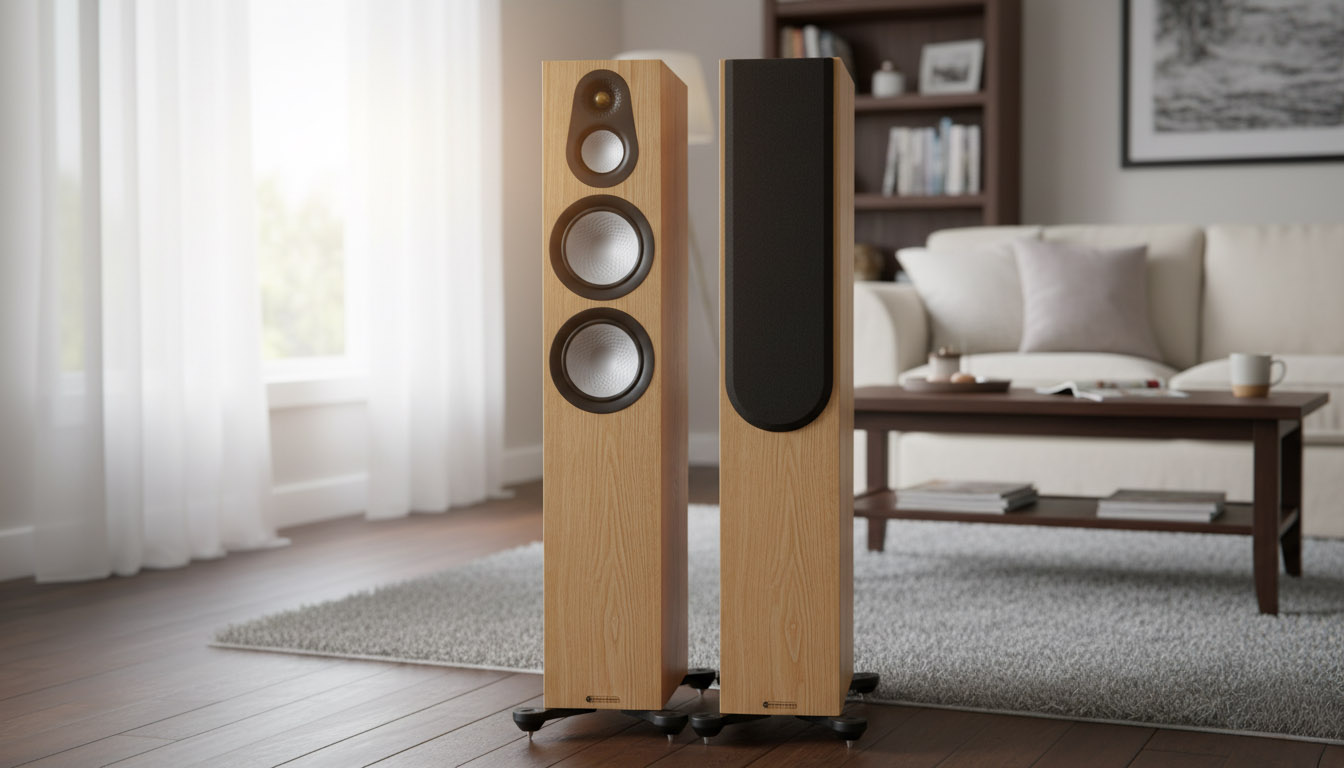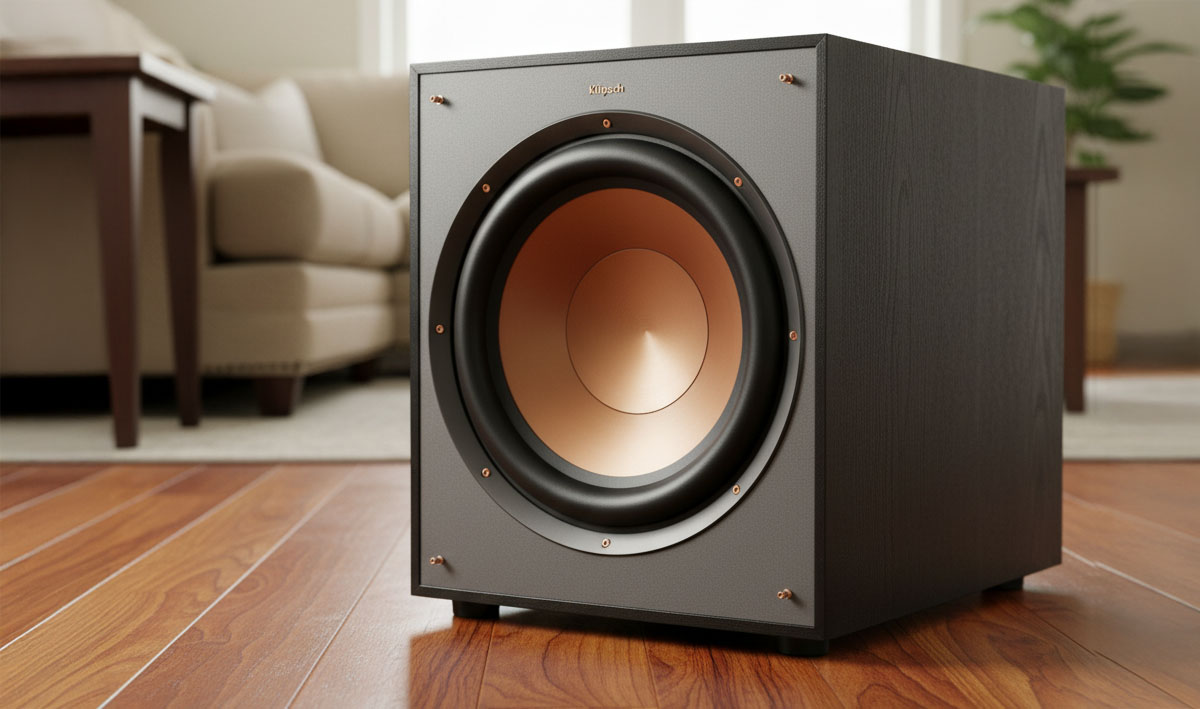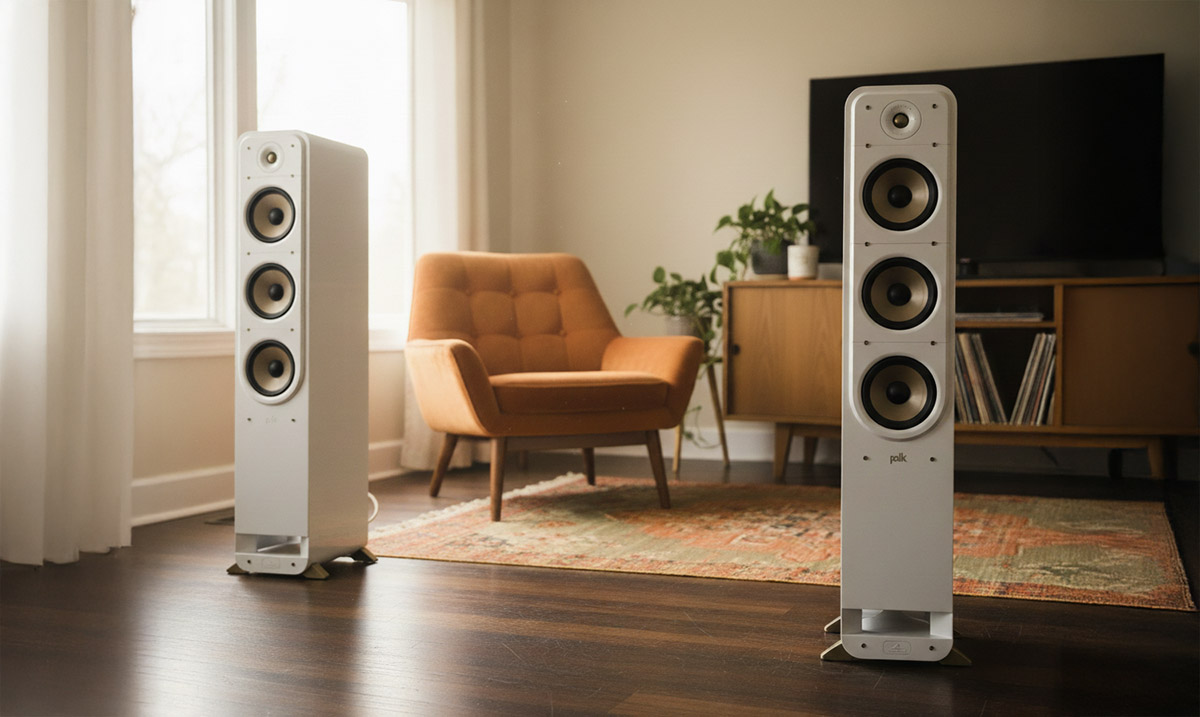You are choosing between two strong towers with very different personalities. One brings high sensitivity and jump factor. The other brings evenhanded tone, deep reach, and scale. Both can anchor a serious system. The best pick depends on room size, amplifier strength, and the acoustic behavior of your space. Let’s deepen the parts that matter most, sensitivity and directivity, and show how they play out in real rooms.
What they are
Klipsch RP 8000F II uses a one inch titanium tweeter in a Tractrix style horn and two eight inch woofers. It is very sensitive, so it reaches lively levels with modest power. The horn focuses treble energy forward and reduces side splash.
Polk Reserve R700 is a three way tower. You get a one inch ring radiator tweeter, a dedicated six and a half inch midrange, and two eight inch woofers that load a bottom port. It aims for even response, wide staging, and bass you can feel.
How they tend to sound to real listeners
Klipsch feels vivid and immediate. Transients jump, guitars bite, voices step forward. It sounds awake even at late night levels. That is the sensitivity working with a focused treble pattern.
Polk leans balanced and composed. The top end is clean without edge, the midrange feels natural, and bass has reach and pitch. The stage hangs between the cabinets and invites long sessions.
How Your Room Affects Sound
Small reflective living room
Tile or wood floors, big windows, and bare walls push a lot of sound back at you. A speaker with stronger forward focus sends more direct energy to the seat and less to the side walls. That often keeps consonants crisp and cymbals tidy. The Klipsch approach works with you here. Use modest toe in, place each tower the same distance from the side wall within a half inch, and drop a rug at the first reflection points. If the treble feels a bit hot, reduce toe in until the axes cross a foot in front of your head.
Medium room with a couch and a rug
Many living rooms fall here. Some absorption from the couch and rug, some bare wall, average ceiling height. Both speakers behave well when you control symmetry. The Klipsch keeps energy centered and snappy with a small toe in. The Polk repays careful spacing and a touch of absorption at the first side reflections with a wide image and even tone. Expect the R700 to sound larger and deeper, expect the RP 8000F II to sound quicker and more forward.
Open plan great room
Large volume eats sensitivity for breakfast. You sit farther away and the room swallows bass. The Polk’s deeper extension and bigger wavefront help fill space without strain, provided you have an amp that holds current into lower impedances. The Klipsch still gets loud easily, but you may prefer a sub and a slightly lower crossover to keep bass even across seats. In big rooms, directivity matters less than raw displacement and clean power, so plan for a stout amplifier with the Polk and a smart sub strategy with either tower.
Long narrow room
Side wall reflections arrive strong and early here. Controlled treble spread helps center image and reduce fatigue. The Klipsch directivity makes setup easier. Aim the axes to cross just behind your head, then walk toe in by a few degrees until voices lock. The Polk still works, but you will want soft panels at the first reflection zones and careful distance matching to the side walls.
Nearfield or short seating distance
Sit 6 to 7 feet away and driver integration matters. The Polk’s dedicated mid keeps voices on one cone over a wide band, so tone stays consistent as you move your head. The Klipsch horn behaves like a compact point source higher into the range, which also helps at short distances. Here the difference is flavor more than capability. Pick by taste after matching levels closely.
Treated media room
Bass traps, panels, and a predictable layout reduce reflected energy. The balance shifts toward direct sound from both models. The Polk’s wide, even spread builds a large stage. The Klipsch delivers laser focus and startling dynamics. Since treatment already controls side splash, you can toe the Klipsch a little more aggressively for that center image click without worrying about glare.
Multi seat couch
Off axis consistency becomes the star. The Polk’s treble stays smoother as you move left and right, so tone varies less seat to seat. The Klipsch can still cover a row cleanly if you use mild toe in and keep both speakers the same distance from their side walls. If the room forces one speaker near a corner and the other near open space, the horn can reduce the penalty, but it pays to fix the asymmetry if you can.
One minute placement routine that works in any room
1, Put each tower where it can live and form a rough triangle with your seat.
2, Play a dry spoken voice, slide both speakers forward or back together in one inch moves until the chestiness drops.
3, Adjust toe in so the axes cross a foot behind your head for a tight center, or a foot in front for a wider stage.
4, Level match both channels to within 0.5 dB using a phone meter and pink noise. True comparisons only show up once levels are matched.
Power matching and reality checks
Klipsch RP 8000F II is easy to drive. Clean 50 to 80 watts per channel gets you lively peaks in small and medium rooms. That sensitivity also keeps detail intact at quiet levels.
Polk Reserve R700 likes current. Plan for an honest 80 to 120 watts per channel from an amplifier that is comfortable with 4 ohm loads. You will hear firmer bass lines and more separation when the music gets busy.
At about 9 feet, an 88 dB speaker needs roughly 30 to 40 clean watts for spirited listening with 10 dB of headroom. The Klipsch reaches that target with less, the Polk rewards extra muscle with scale and control.
Bass, subs, and clean handoffs
Klipsch brings fast midbass and punch. Add a sub for movies, start with a crossover near 60 to 80 hertz, set fronts to small on a receiver so bass management carries the weight. Less cone travel in the towers means cleaner mids.
Polk reaches lower. Many listeners run R700 full range for music and grin. For theater, cross to a sub around 60 to 80 hertz to smooth the deepest notes across multiple seats. Keep thick rugs clear of the R700 plinth so the bottom port breathes.
Practical tips tied to sensitivity and directivity
- In bright rooms, listen a few degrees off the Klipsch horn axis. You keep snap and air, yet cymbals relax.
- In wide rooms with several seats, give the Polk a touch more space to side walls to maintain even tone off axis.
- If late night listening is your habit, the Klipsch profile keeps detail at low volume without heavy loudness boosts.
- If your floor is springy, add mass or compliant feet under either tower. Lower floor talk tightens bass pitch.
- If your seat is close to the back wall, both speakers benefit from modest toe in and a small absorber behind your head.
Build, looks, and living with them
Both feel solid and look at home in normal spaces. Klipsch wears the horn and copper cones with pride. Polk plays it understated with a clean plinth and modern lines. Try grilles on and off. You may hear a hair more air without them on both towers. Pick what sounds right, then keep it consistent.
Decision Tree
Choose Klipsch RP 8000F II if you want jump factor, strong presence, and easy drive in small and medium rooms. You will get vivid sound, stable imaging with sensible toe in, and late night liveliness.
Choose Polk Reserve R700 if you want neutrality, deep reach, and a wide couch sweet spot in medium and large rooms. You will get a natural balance that scales with better amplification and placement freedom.
Bottom line
Sensitivity and directivity do not live on the spec sheet alone. They decide how your speakers behave in your room, at your distance, and at your volume. RP 8000F II turns modest power into big dynamics and uses focused treble to cut through lively spaces. R700 uses a wide, even spread and a deep low end to build a large stage that stays honest across seats. Match the speaker to your environment, follow the quick placement routine, and let one hour of careful setup do what no spec can.
|
$1,199.00
|
$1,498.00
|
Teksignal.com participates in the Amazon Services LLC Associates Program, an affiliate advertising program designed to provide a means for sites to earn advertising fees by advertising and linking to Amazon.com. The reviews on this site are hands-off consensus reviews. We analyzed owner feedback across the internet and manufacturer documentation. We summarize sentiment; we do not republish individual user posts.

